The patentability of GUI (graphical user interfaces) is relevant for digitalisation, navigation and the Internet of Things. There is clear case law from the Federal Court of Justice in this area, which can be summarised briefly: if only the user is addressed by the GUI, this does not count for patentability.
For the examination of an invention for inventive step, in principle only those features or instructions are to be considered which contribute to the deletion of a technical problem by technical means. This also applies to inventions and patents on graphical user interfaces (GUI).
Patentability of GUI
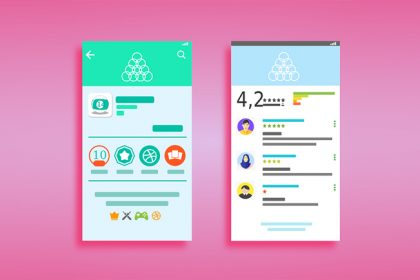
However, since GUIs usually serve the purpose of user friendliness and therefore primarily solve the problem of a vivid presentation of menu items, the case law on the patentability of GUIs is particularly interesting. Especially in recent years, several important patent cases have been decided before the Federal Supreme Court (BGH).
A clear case law is emerging: The presentation of information as such is not amenable to patent protection and, according to the BGH, neither is content that affects human imagination or reasoning ability.
However, if the presentation of GUI makes the information possible or improves it for the user in the first place, this must be taken into account in the examination for inventive step. In principle, according to BGH case law, such instructions “must be taken into account to the extent that they influence the solution of a technical problem in any case”.
How does this look in judicial practice? We summarise the recent BGH decisions on the patentability of GUI.
Case Study: BGH ‘Rotating Menu’
In patent invalidity proceedings concerning the European patent 888 687 (patent in suit) of Philips N.V. (Netherlands) – which has since lapsed due to the passage of time – the subject matter was an invention according to which a selection on the screen was to be used to select a display mode via a rotating menu.
The Federal Patent Court had declared the patent invalid, and this was confirmed by the BGH in 2020 (X ZR 144/17). On the one hand, an earlier disclosure (European patent application 626 635) had been close to the Philips patent, and on the other hand, it was criticised that the patent claim did not contain specifications regarding either the course or the shape of the intended rotation path. Above all, however, the BGH once again made clear the patentability of graphical user interfaces.
Displaying menu items in a particularly descriptive manner does not concern a technical solvent, the BGH ruled as a guiding principle. The feature relating to the intended presentation of the menu as rotating is limited to the mere reproduction of an item of information as such, the BGH explained, albeit in a particularly vivid presentation. This appeals to the human imagination, but is not patentable.
The BGH added that the situation was different for the features relating to the practical utilisation of the available screen area, which was a technical improvement and to be regarded as an inventive step.
Case study: BGH ‘Bildstrom’
As early as 2015, the BGH had determined as legal principle in the judgement ‘Bildstrom’ (i.e.: floating images) that instructions are to be taken into account in the examination for inventive step if the presentation of GUI only enables or improves the information for the user – and if they take into account the physical circumstances of human perception and reception of information (XZR37/13).
The BGH explicitly wanted to see this decision as a further development of the case law on GUI, which came from the field of automobile navigation. In this respect, two decisions, ‘Wiedergabe topografischer Informationen’ (X ZR 47/07) of 2010 and ‘Fahrzeugnavigationssystem’ (X ZR 27/12) of 2013, are particularly relevant. According to these decisions, the selection of a display of position-related topographical information that is expedient for the navigation of a vehicle is deemed to be a non-technical specification – and thus to be outside the scope of inventive step. The instruction to voice a navigation instruction under certain conditions is also considered non-technical.
Case study: BGH ‘Entsperrbild’
Also relevant for the case law on the patentability of GUI is the 2015 BGH decision ‘Entsperrbild’ (unlock image) concerning Apple’s touch screen when unlocking by executing (finger) movements. The BGH explained that the information-related features of a patent claim had to be examined to determine whether the information to be reproduced was at the same time an embodiment of a technical solvent – not already otherwise indicated as such in the patent claim.
Specifically, the invalidity proceedings were concerned with the fact that the citation of the earlier disclosures did not provide for an “unlock image” that was moved along in the sense of a graphical interactive user interface object – yet that was precisely what made Apple’s invention. But this feature was not considered for inventive step. This was because the device itself and its technical function were not influenced, the BGH ruled, rather only information was graphically displayed that was directly directed at the user.
Any need for help on protective law for GUI?
Our law and patent attorney firm Meyer-Dulheuer has many years of expertise in patent law and design law as well as in the entire field of intellectual property and is authorised to represent you before any court – in Germany and also internationally – including in China. Please do not hesitate to contact us if you are interested.
Sources:
BGH “Rotierendes Menü”, X ZR 144/17
Image:
200degrees | pixabay | CCO License



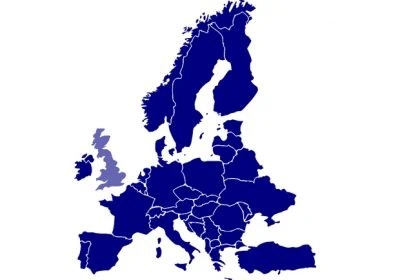
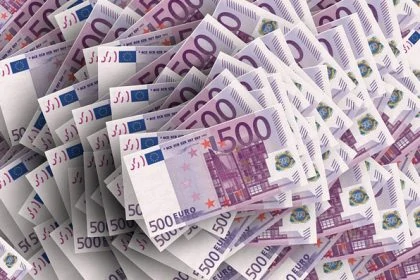
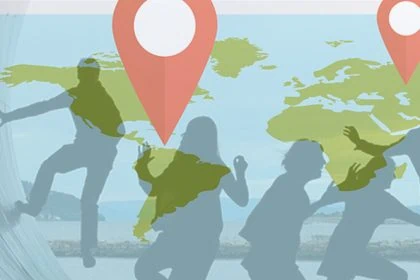
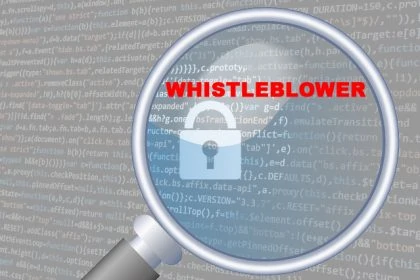
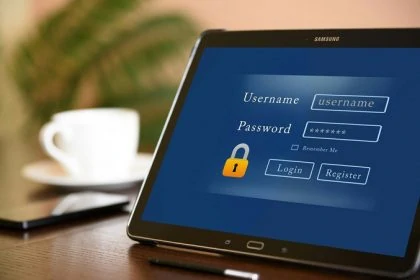
Leave a Reply